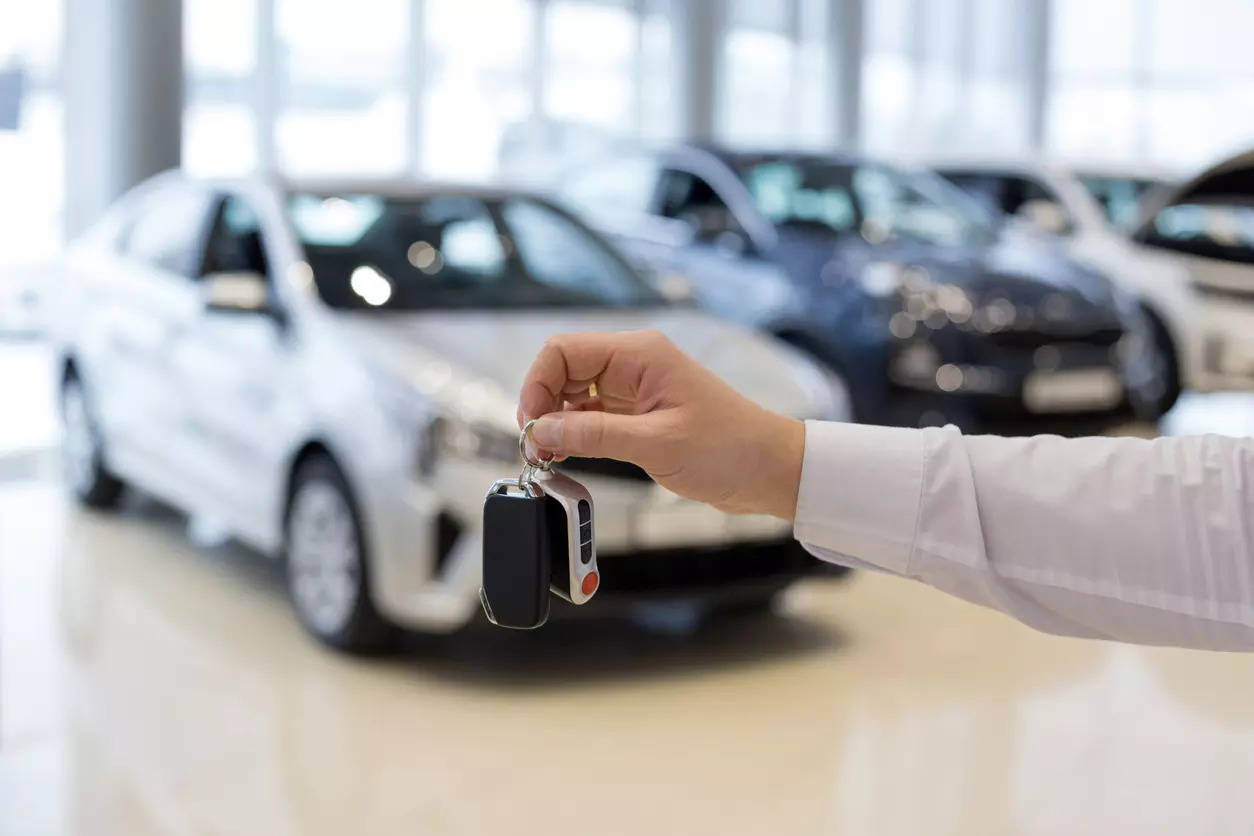
New Delhi: By all accounts, India’s automobile industry is expected to take a breather this fiscal as sales across vehicle segments are likely to slow down after a two-year bull run.
Analysts project mid-single digit growth rates for passenger vehicles and high single digit for two wheelers while tractors are expected to grow after a year of lull. The outlook for commercial vehicles is also muted.
In this scenario, all eyes appear to be on the monsoon rains. A good spell is not just critical for moderation in food inflation and overall rural demand recovery, it is also the single most important factor which will determine overall sales growth in FY25 across vehicle categories.
In fact, the outlook given by most OEMs is muted for the first five-six months of the fiscal year, given continued inflation, Lok Sabha polls affecting demand and a general trend to postpone purchases. So how the full year pans out will depend disproportionately on the spread and extent of rains – bountiful rains would mean a good harvest, moderation in food inflation and increased consumer spending (especially in rural areas).
The last fiscal has been a tough one for tractor OEMs, with industry sales declining by about 7%. And while there is optimism for FY25 due to the possibility of widespread rains, recovery will only start in the second half of the year. Mahindra & Mahindra, for example, expects its tractor business to grow by 5% this fiscal. A critical factor determining tractor sales usually is the “new cash” which comes into the hands of farmers after a harvest. Rajesh Jejurikar, CEO (auto and farm sectors), said recently that for the initial part of the fiscal year, cash in the hands of farmers would be tight due to negative rabi output and ongoing polls.
“The critical thing is as monsoons come in, how long does it take for new cash to come back to the farmer and that’s why a lot of people are saying that we should be very optimistic about the second half whereas the quarter one right now is a little disturbed because of the election. Cash will not come back so quickly right now given they are coming off negative last 4-5 months of rabi output and so on. So, there is a lot of optimism about how the second half can bounce back very strongly,” he said.
Mahindra’s competitor Escorts Kubota also expects a “slight” decrease in domestic tractor sales for the first few months of the fiscal year due to low level of water in the country’s reservoirs, elections and a moderate rabi output. This subdued state could continue till about September and any pickup would likely happen only thereafter. So for the full year, the company expects the domestic sector industry to register lower mid-single-digit growth.
In the case of two wheelers, TVS Motor Company, which generates 45% of domestic sales from rural areas, is also expecting a far better recovery this fiscal. CEO K. N. Radhakrishnan said, “Rural slowly and steadily is changing. I’m able to see some recovery happening. I’m hoping that this year, even though we are all going through very, very high temperatures and severe heat waves, I am expecting this year’s monsoon to be normal. I think that will definitely help the rural (sales) to move much faster. So 2024-25 we are hoping that you will see better recovery from rural, unlike what we have seen in the last year.”
In the case of commercial vehicles, too, Lok Sabha polls continue to be a dampener.
Girish Wagh, Executive Director at Tata Motors, said that the company expects the June quarter to be a “bit slow” but demand would pick up from the second half of the second quarter. “I think overall, for the whole year, as we had said earlier, we remain cautiously optimistic. I think we will see a flat to maybe a slight decline in the overall volumes for the year.”
Analysts at brokerage Motilal Oswal said, “We believe the CV sector will encounter near-term headwinds due to the upcoming general elections. However, the long-term demand drivers for the CV industry remain in place… beyond the near- term weakness, we expect the CV industry to revive from 2HFY25 (September quarter) onwards. However, given a relatively weak 1H April-September), we expect the industry to report a mid-single-digit growth in FY25E.”
For passenger vehicles and two-wheelers, the rapidly changing buyer profile in rural areas is also a factor. Vehicle demand is no longer restricted to entry level products and this has compelled OEMs to not only change product mix to attract more customers into showrooms, the premiumisation has also led to first time buyers shrinking in the absence of handy cash.
Rahul Bharti, Head of Corporate Affairs, Maruti Suzuki India, said, “Rural, in FY2023-24, grew at a better rate than urban. But now the definitions are blurring. For example, we now have ‘Nexa’ rural outlets. So rural in FY 2023-24 grew slightly higher than urban”. To a question about the general expectation that since rural demand will do well in FY’25, the first time car buyers will also increase, he answered that “as of now we are not able to see any recovery in the first-time buyer unfortunately, and if you are talking about small cars, for example, at least this year and maybe next year it will be difficult.”
Hero MotoCorp, though, is optimistic about the return of the first time buyer. Ranjivjit Singh, Chief Business Officer of the India Business Unit, said, first time buyers are returning in the entry level (100 cc bikes) and in the 110cc segment, thanks to better availability of vehicle finance. The two- wheeler industry has seen muted growth in the 100 cc entry level segment for many months now, as inflation and a poor rabi harvest have impacted farm incomes.
















